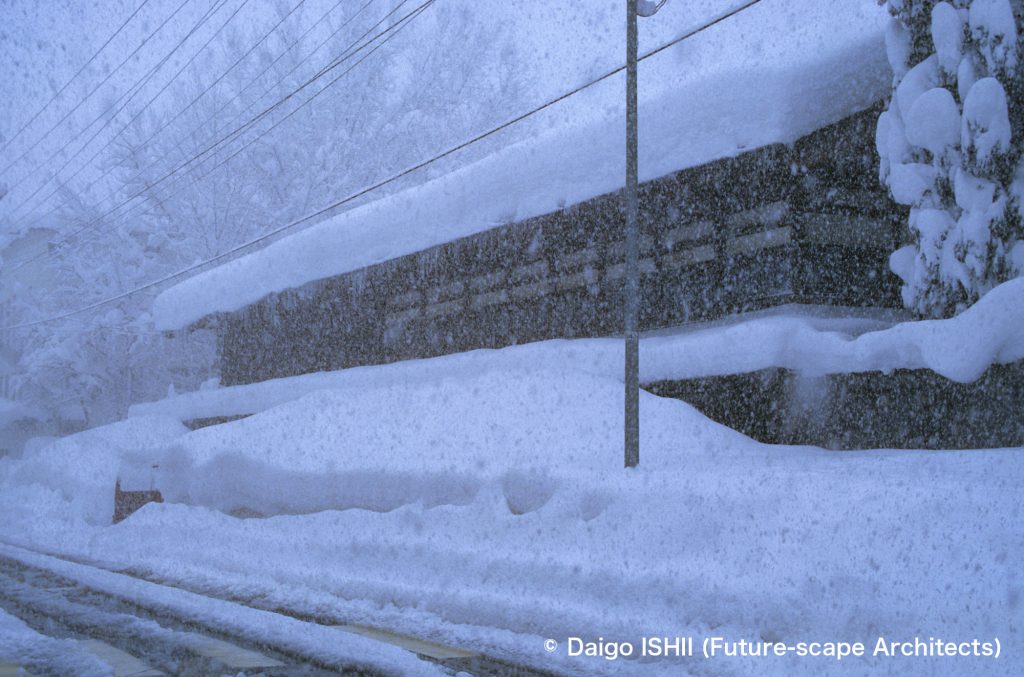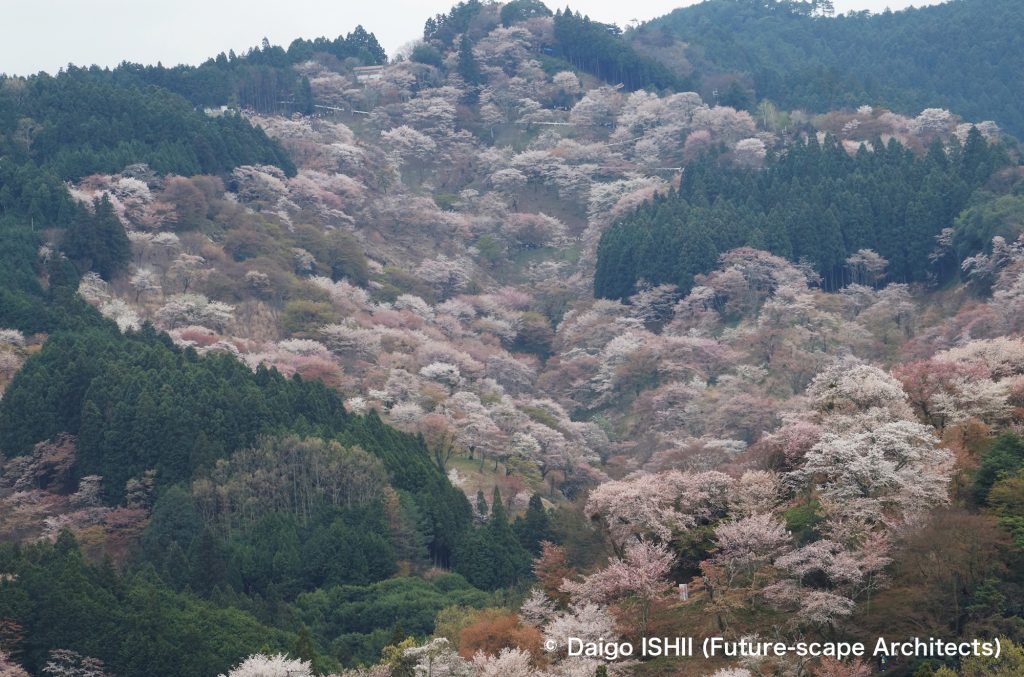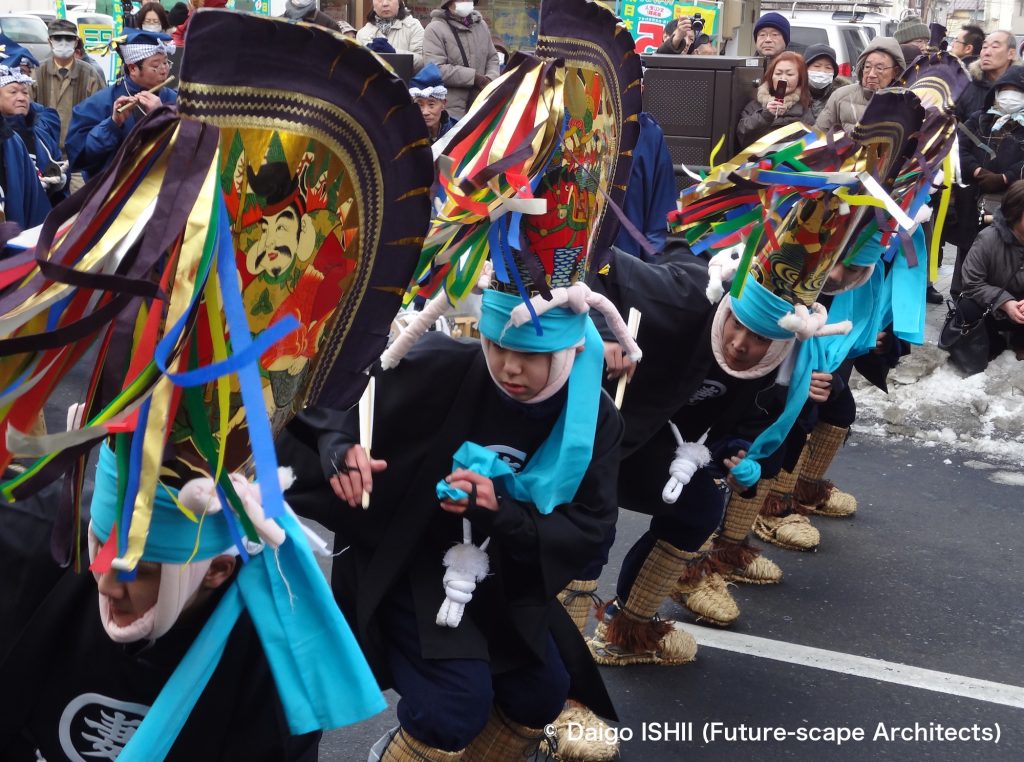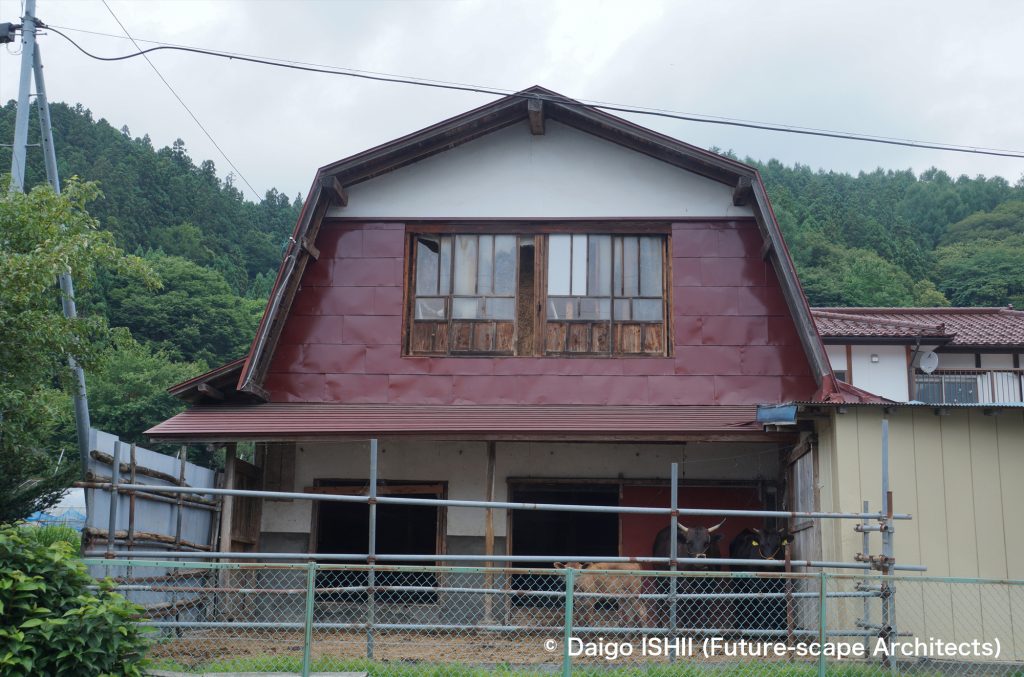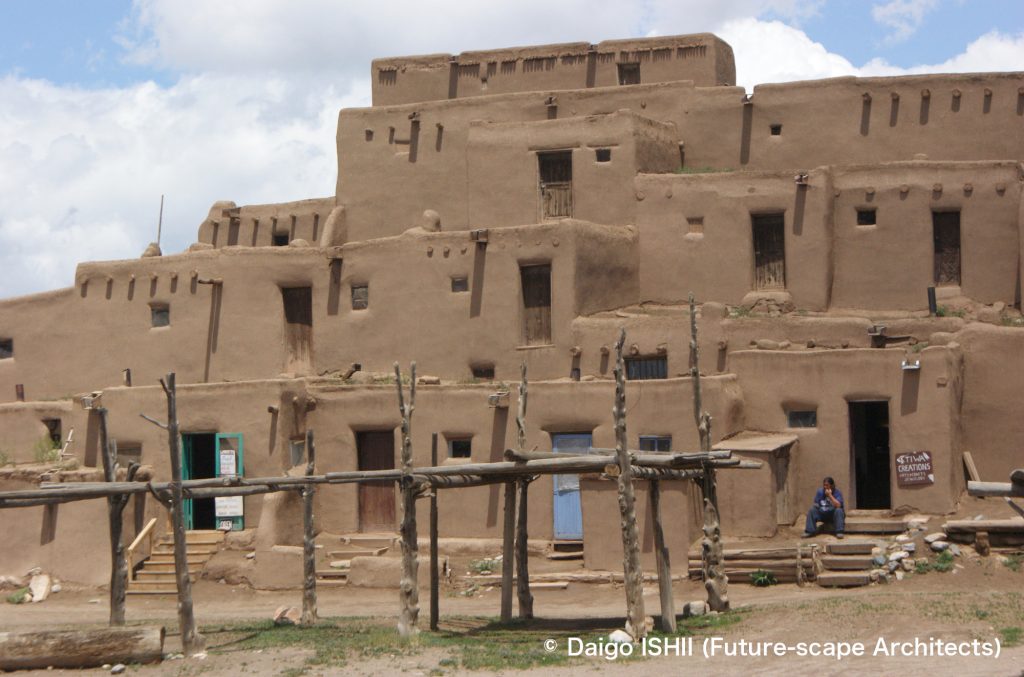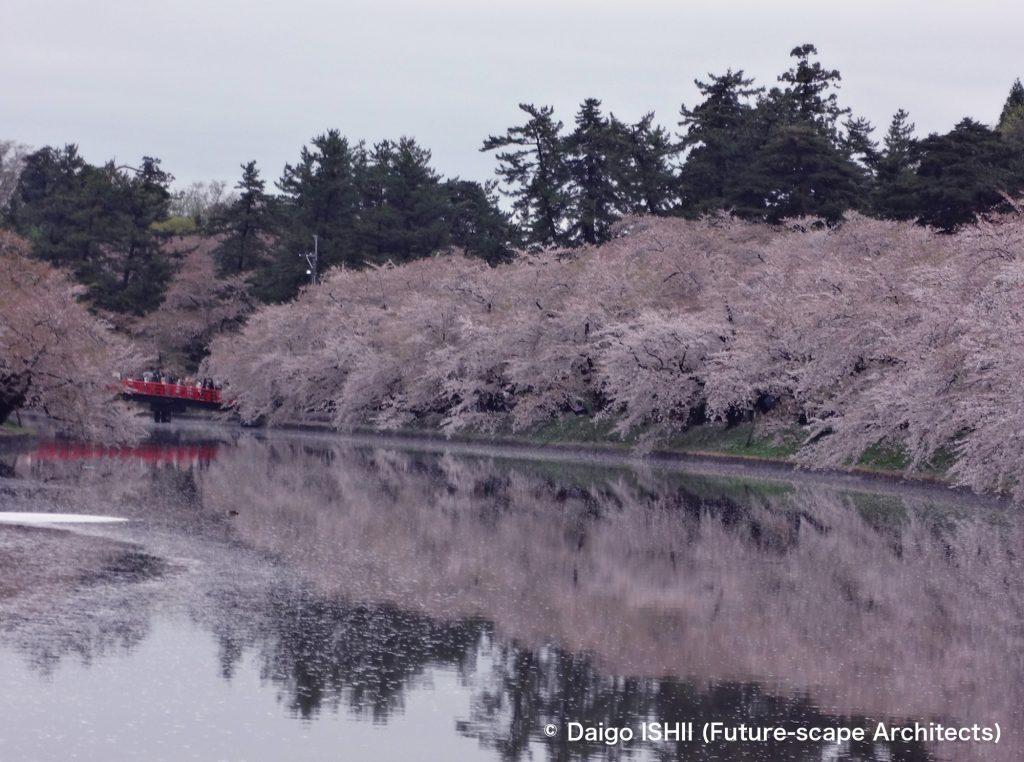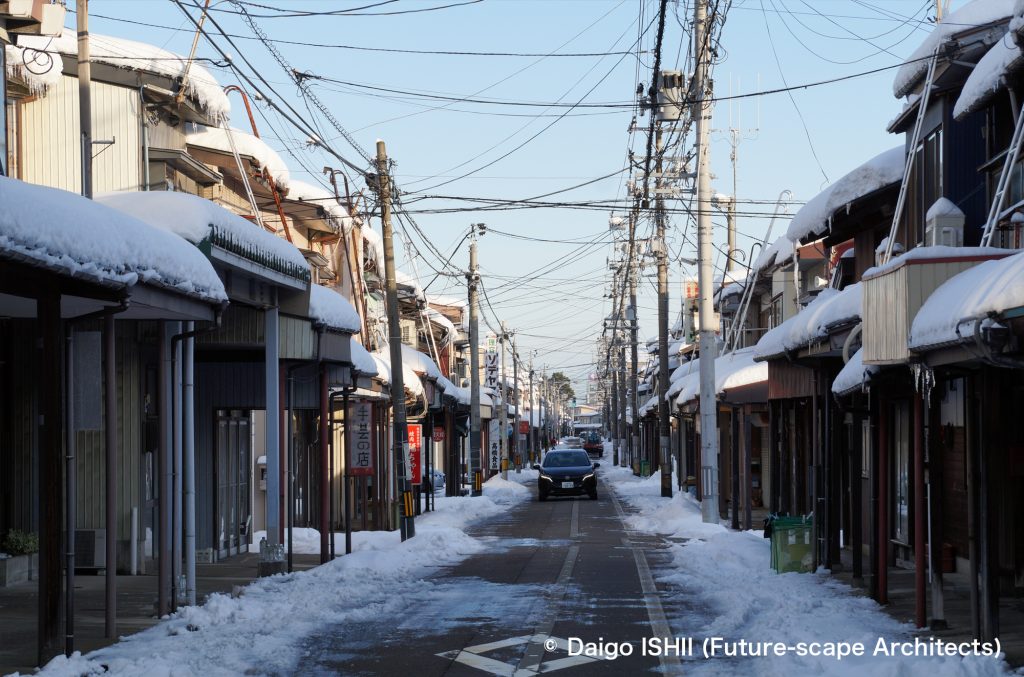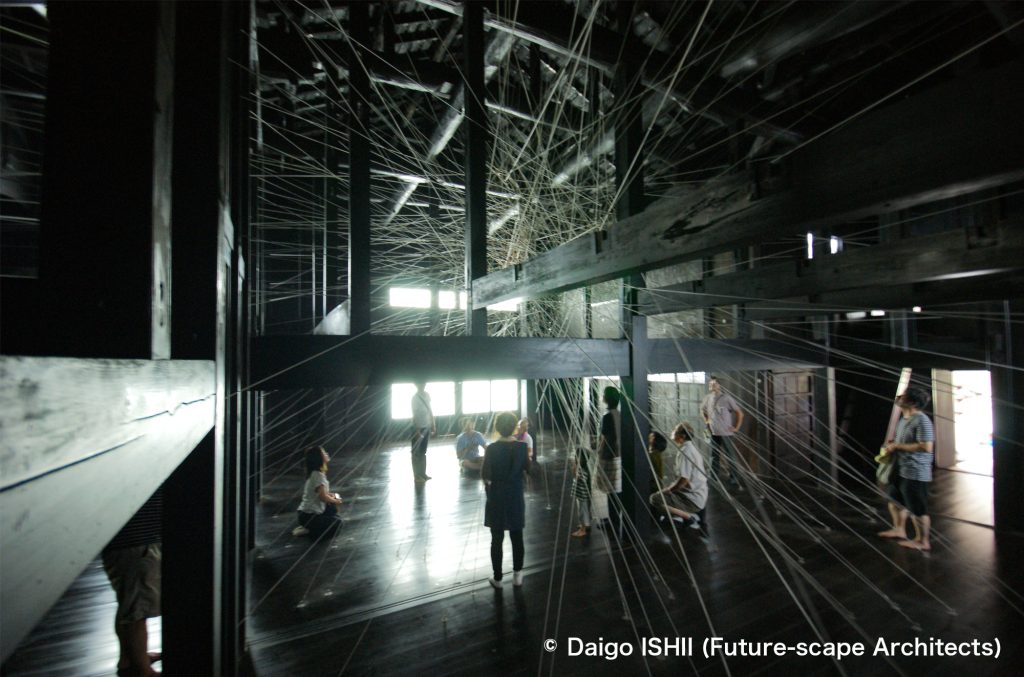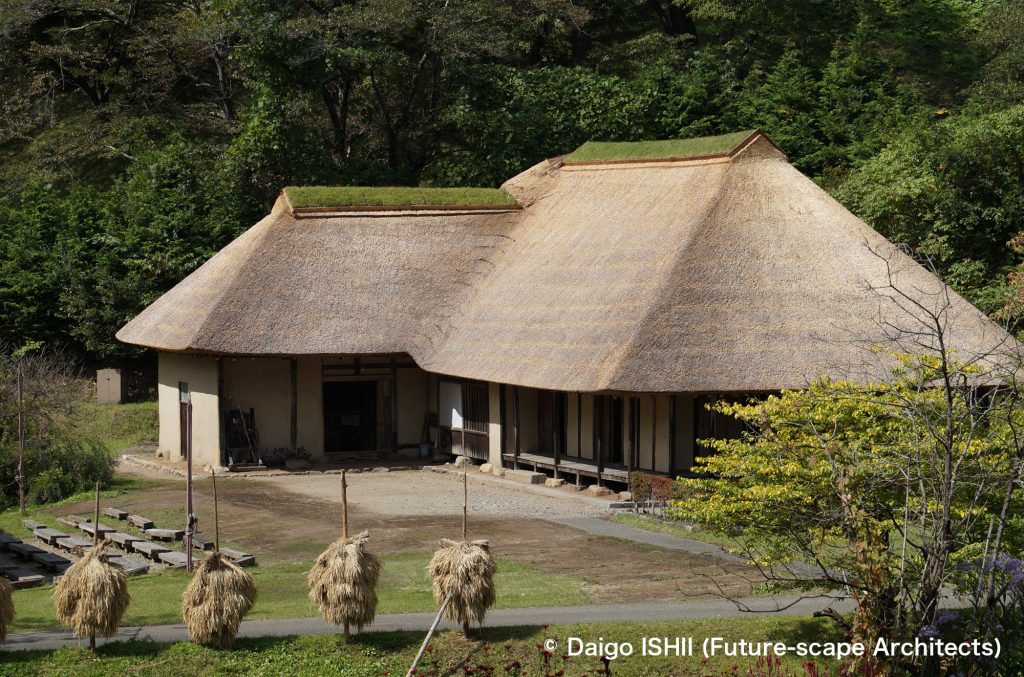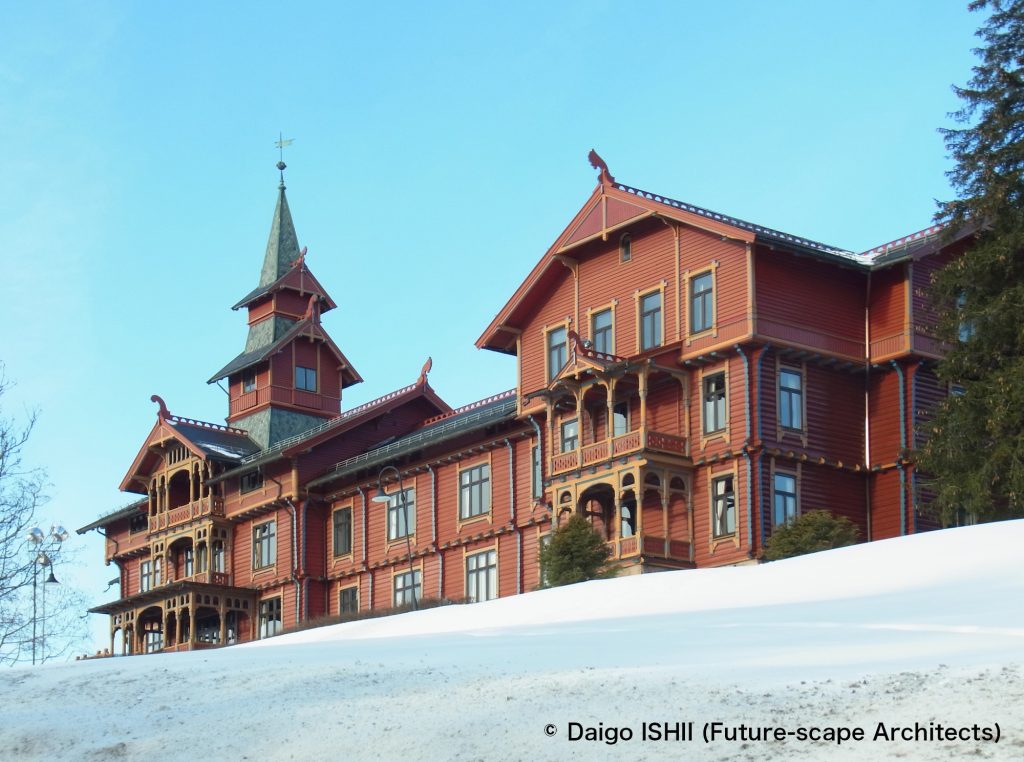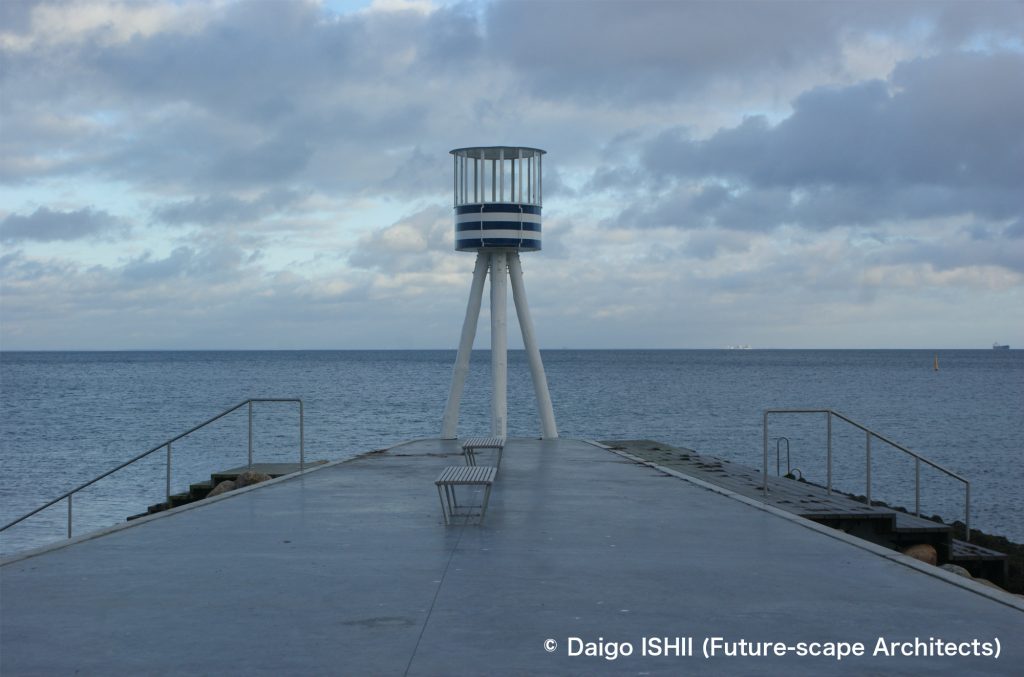One of the origins of the name Tsumari is "Todo no Tsumari (dead end)." Surrounded by mountains, roads from the outside had been inconvenient. Moreover, due to the heavy snowfall, roads was closed, and the region was isolated in the winter.
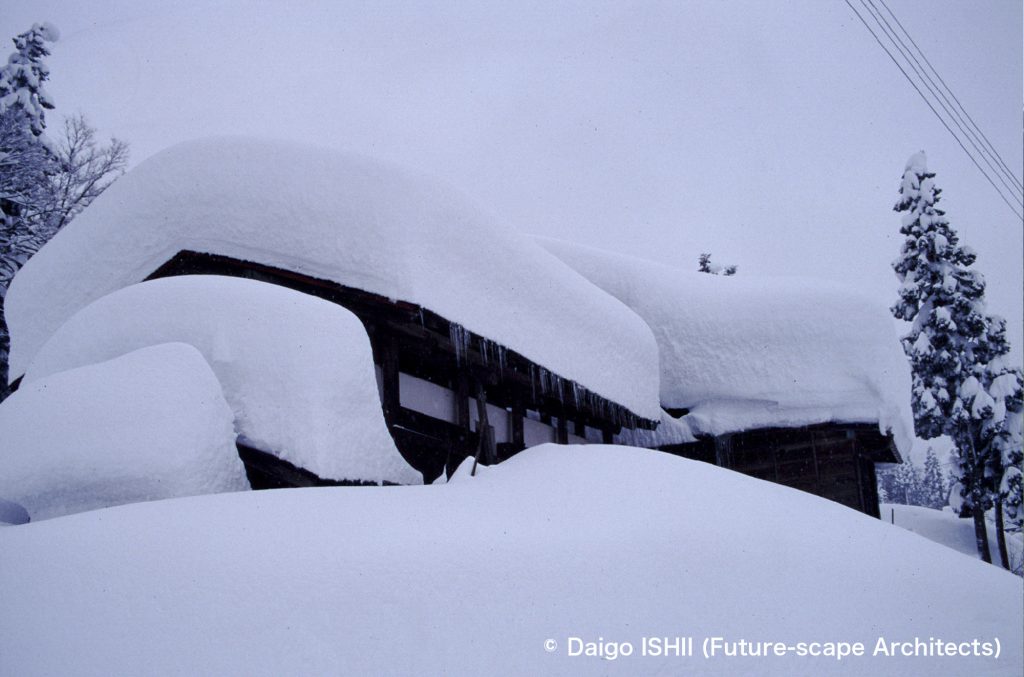
https://goo.gl/maps/pKHb7apmWh8EnsGN9
Tokamachi, the central city of Tsumari, is the city where it snows the most in the world among the cities with population scale of 50,000 to 100,000. The maximum snow depth is 391 cm in downtown Tokamachi and 590 cm in the mountainous Matsunoyama. Furthermore, at Mori Miyanohara Station, located about 500 meters from the border of Tsumari on the Nagano prefecture side, a monument that marks the highest snow depth in Japan at 785 centimeters stands.
When the cold northwest monsoon from the continental crosses the Sea of Japan, it absorbs a large amount of moisture from the warm Tsushima Current. When it hits the Mikuni Mountains, one of the mountains in the central divide of Japan, snow clouds form, and snow falls. That is the mechanism of heavy snowfall in Tsumari. The altitude is low, and the average winter temperature is about 0 degrees Celsius. The synergy of wind and landscape has created one of the world's most snowy regions.
Snow is both harsh and rich. The best-selling book in the first half of the 19th century, "Hokuetsu Seppū," is an essay about life in a snowy country by the author, Bokushi Suzuki. One of the setting in the book was Tsumari. The book depicted various landscapes that could not be seen in the warm Edo (Tokyo), conveying the richness of the climate of the snow country. The rice is also the blessing of the rich water that heavy snowfall brings.
The Tokamachi Snow Festival, which started in 1950, was also a festival to "enjoy the snow as a friend," in contrast with snow that had a negative image. The locals told me that it was the first snow festival in Japan, and I thought that the Tokamachi Snow Festival was superior in history than the Sapporo Snow Festival, which was overwhelming in scale. The first Tokamachi Snow Festival was held two weeks earlier than the first Sapporo Snow Festival, so it's a little hard to define that the Tokamachi Snow Festival is the overwhelming origin of snow festival. However, unlike the Sapporo Snow Festival, which the Self-Defense Forces mainly install, the Tokamachi Snow Festival is full of the warm hand-made feel by the citizens. I believe it is "the warmest snow festival in Japan." Due to the accident in 2019, the festival was reduced. I hope it will go back as before to show the warmth of Tsumari's snow.
In the beginning of the new year, snow starts to fall in earnest in Tsumari. In about half a month, 2 to 3 meters of snow accumulates. The peak of snowfall continues until the end of February. The snow disappears at the end of April, and in the beginning of August, due to the Foehn phenomenon, it reaches nearly 40 degrees Celsius, one of the regions with the hottest summer in Japan.
Snow scenery in Tsumari
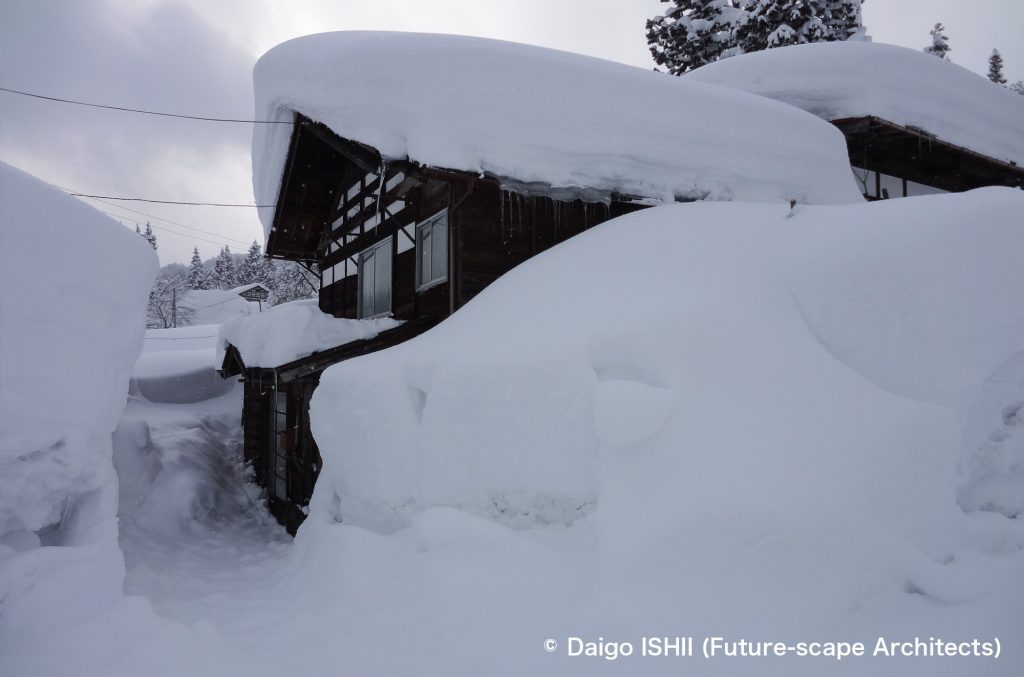
https://goo.gl/maps/daAzkbfxwFULwHpu9
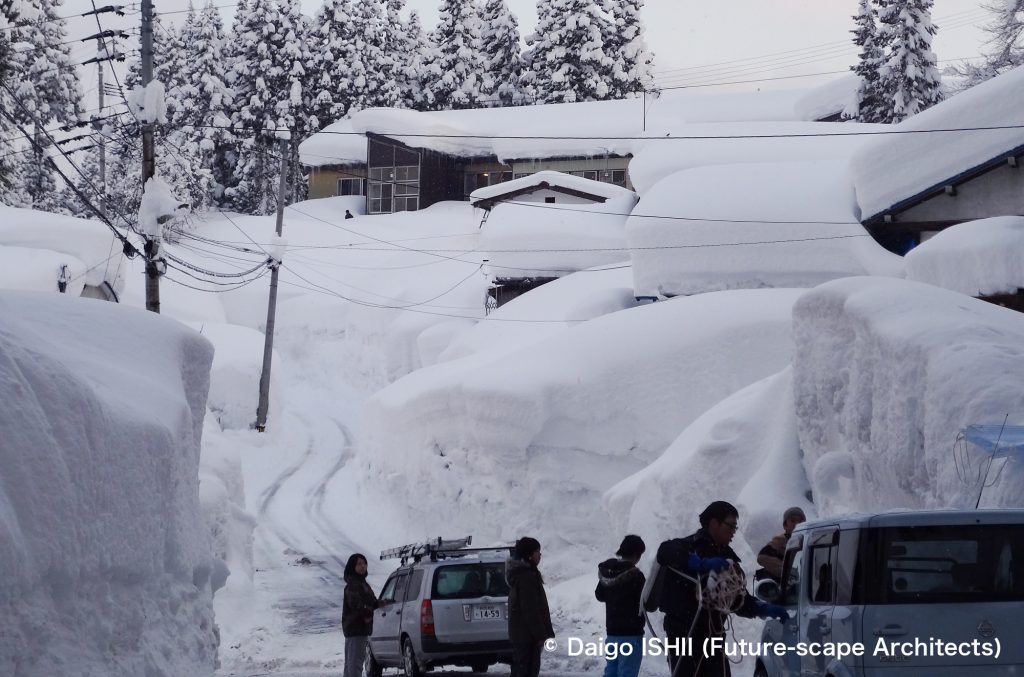
https://goo.gl/maps/JjwhpFX3XUhdG16H6
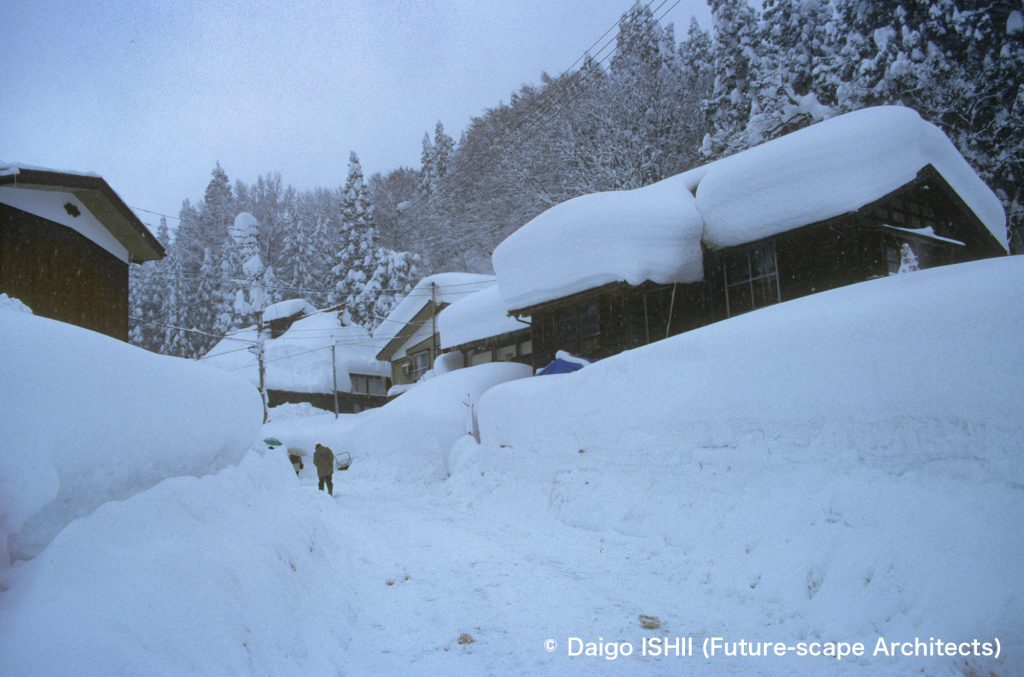
https://goo.gl/maps/pKHb7apmWh8EnsGN9
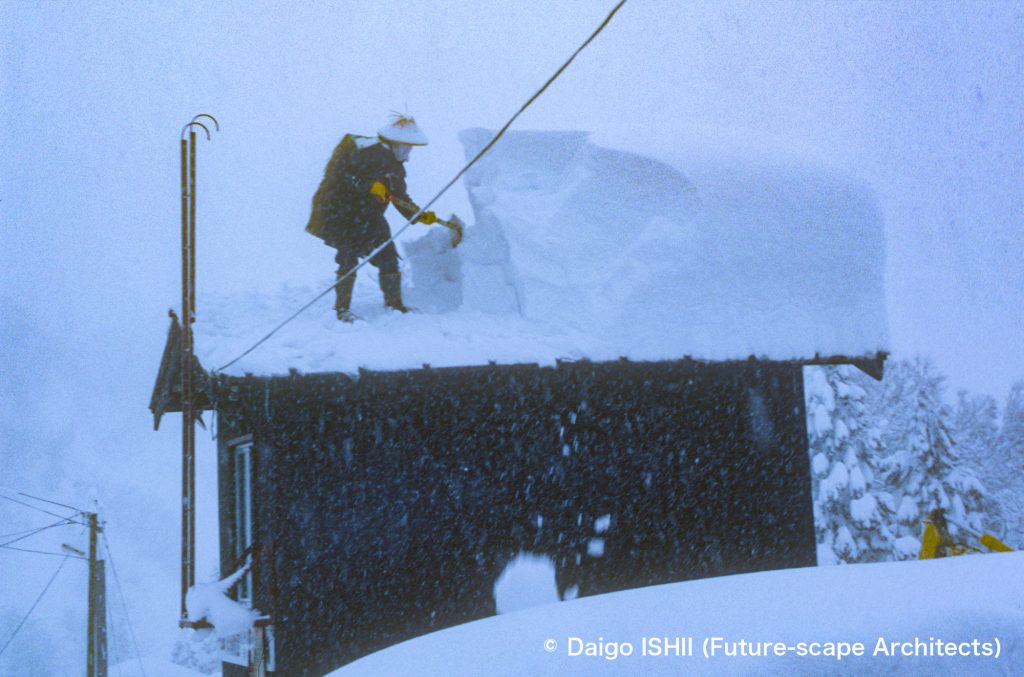
https://goo.gl/maps/pKHb7apmWh8EnsGN9
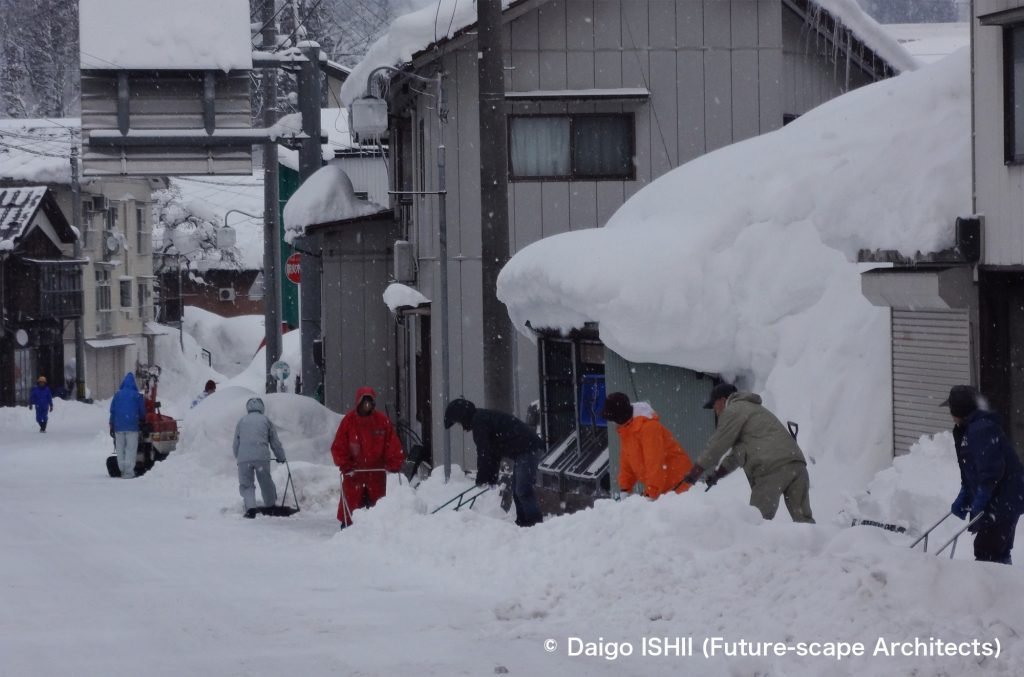
https://goo.gl/maps/aAPqh1pJu3NkSmwa6
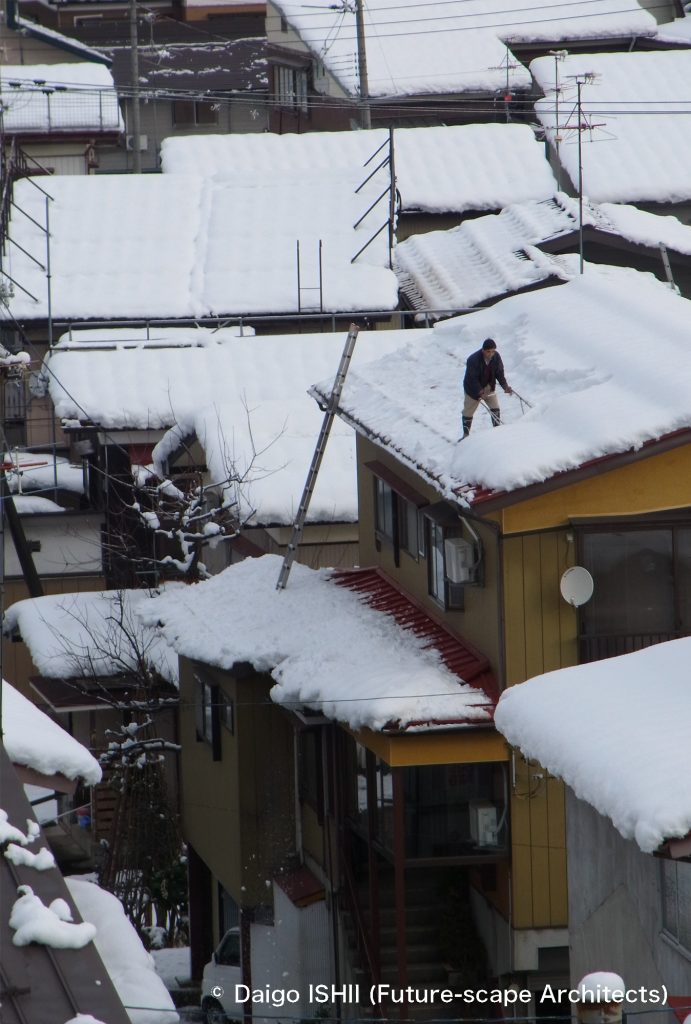
https://goo.gl/maps/MUUN8PvuX3HqbSPf7
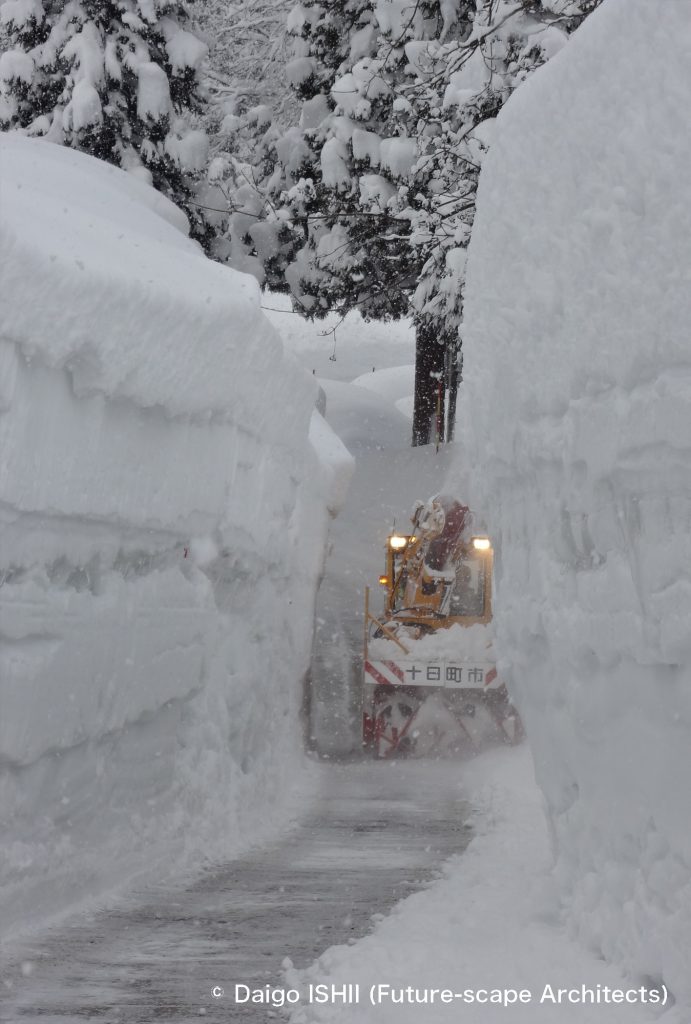
https://goo.gl/maps/JjwhpFX3XUhdG16H6
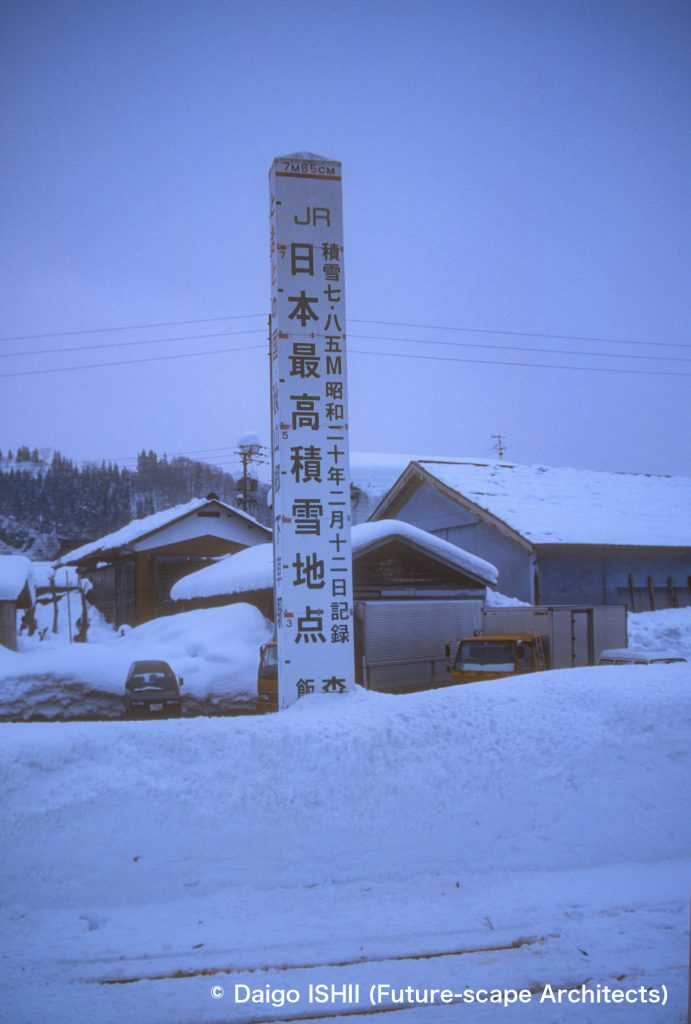
https://goo.gl/maps/zzgwU915o3wGhqCq8
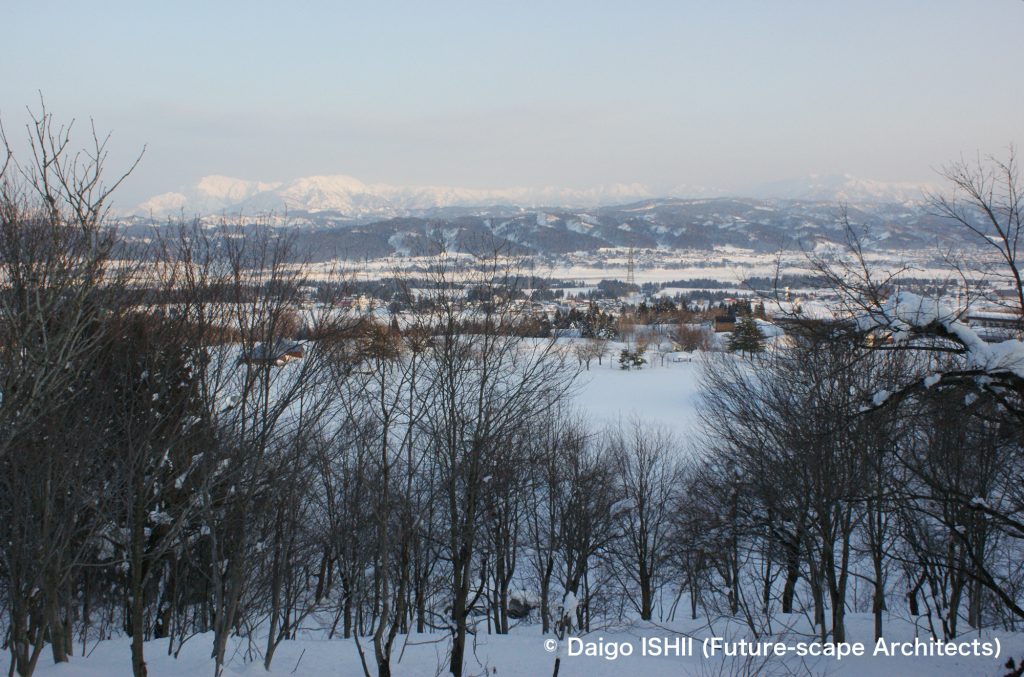
https://goo.gl/maps/C85SJg7pMoqKP5aq5
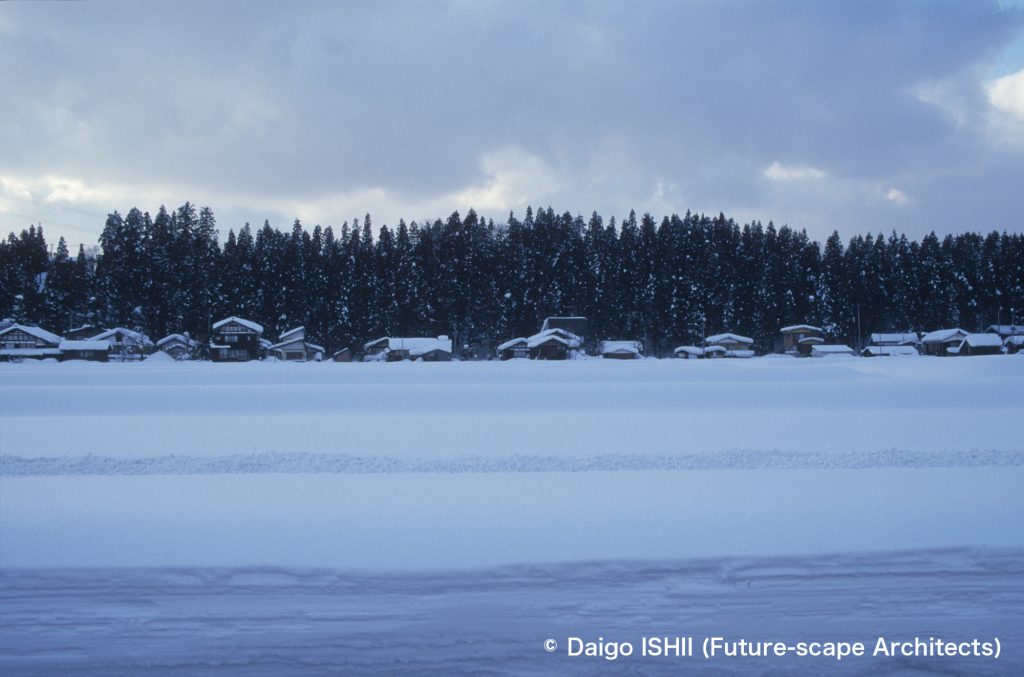
https://goo.gl/maps/g4m53j4Fd6LDUXba9
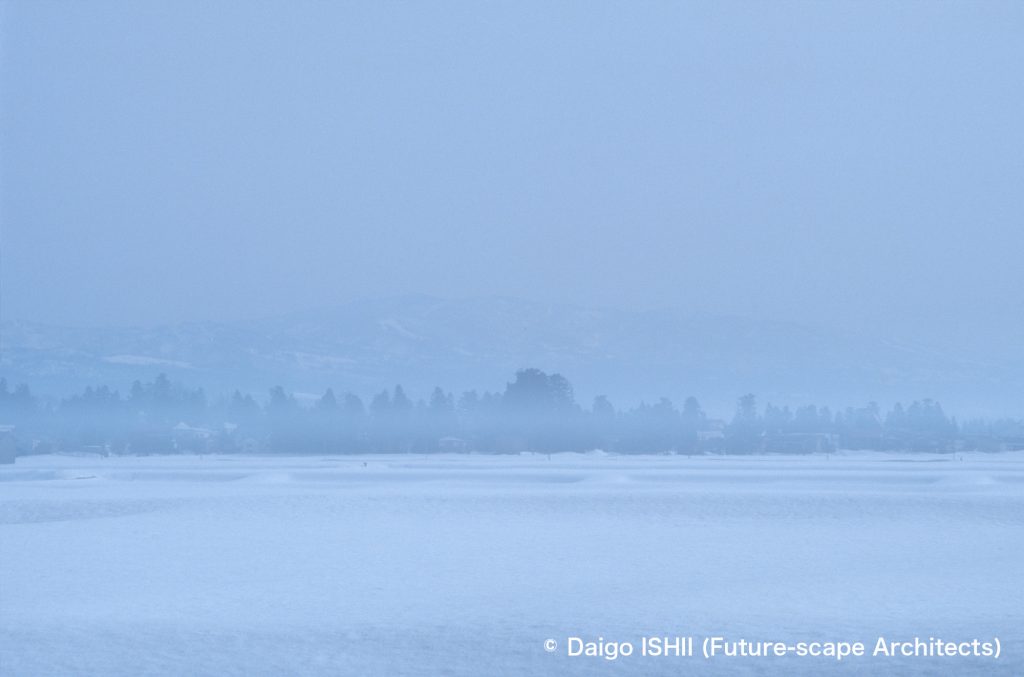
https://goo.gl/maps/g4m53j4Fd6LDUXba9
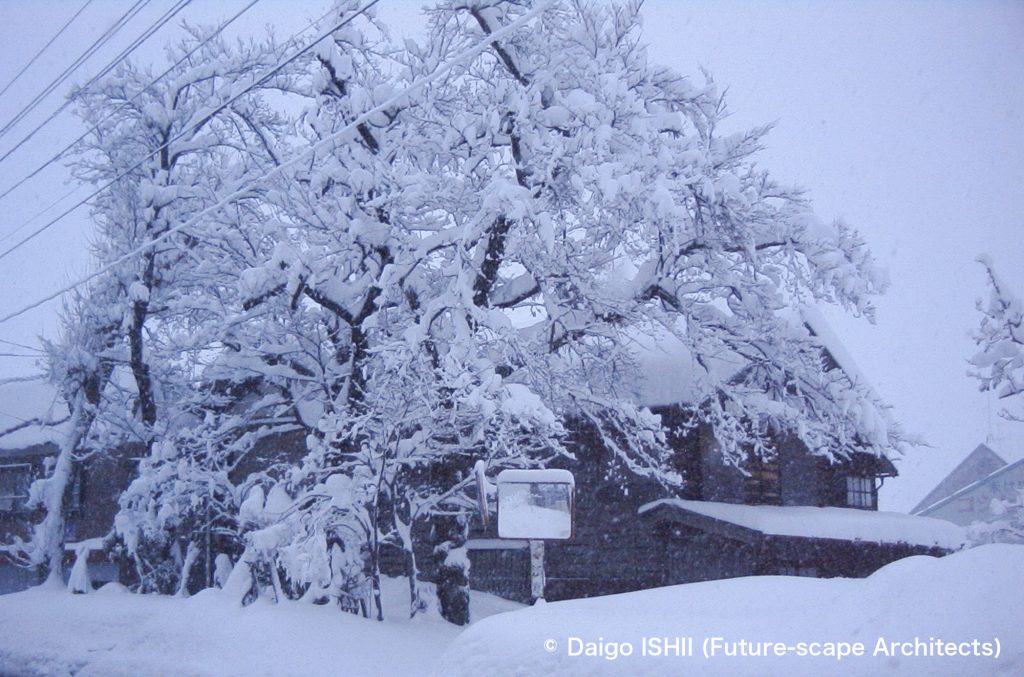
https://goo.gl/maps/gysDXrQNVHPP7LTv6
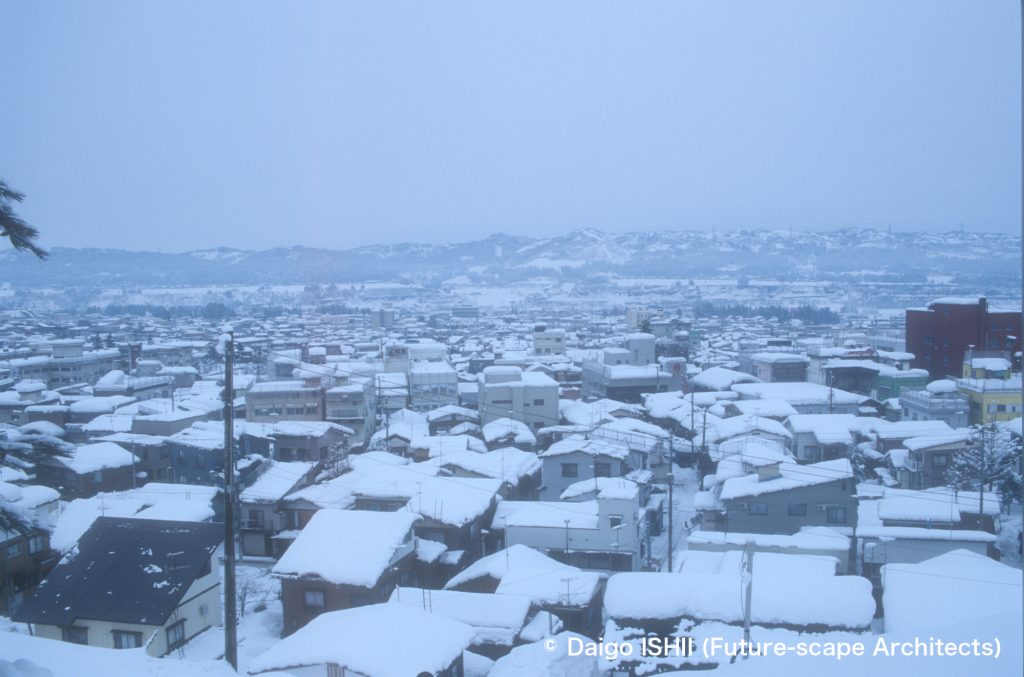
https://maps.app.goo.gl/7XAVPf4KbosTykek9
Tokamachi Snow Festival
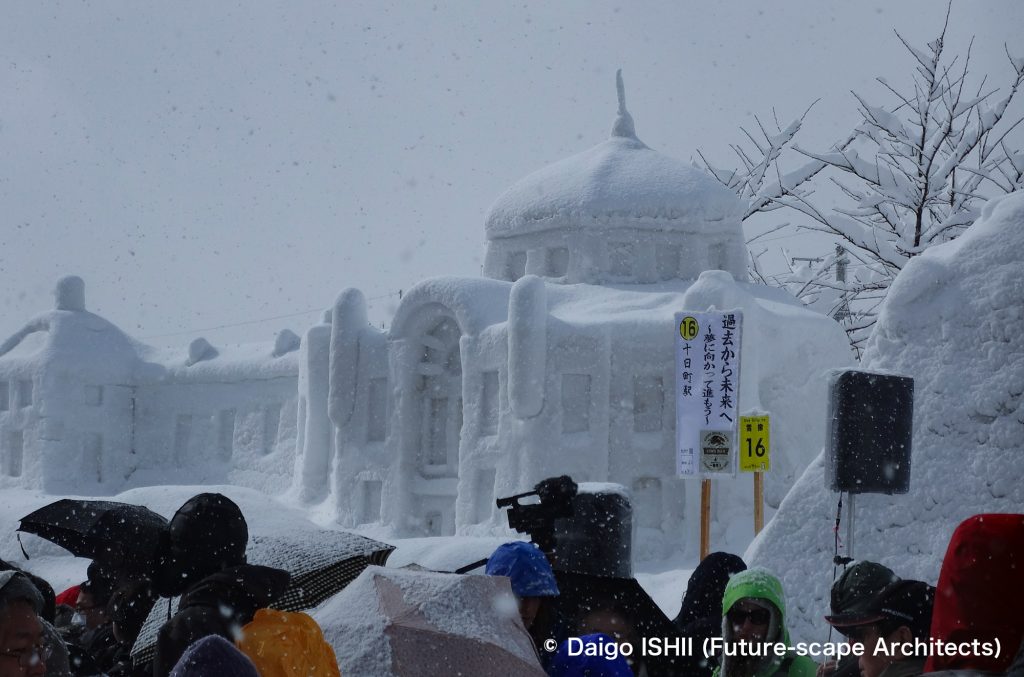
https://goo.gl/maps/EMPWYFCTwheNznaU8
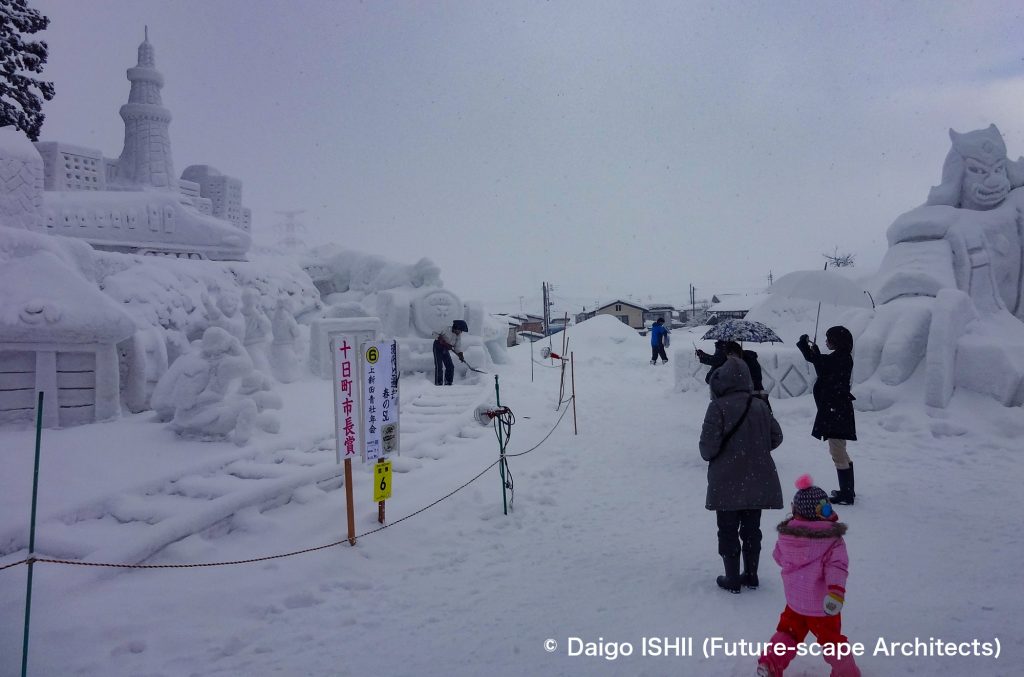
https://goo.gl/maps/EMPWYFCTwheNznaU8
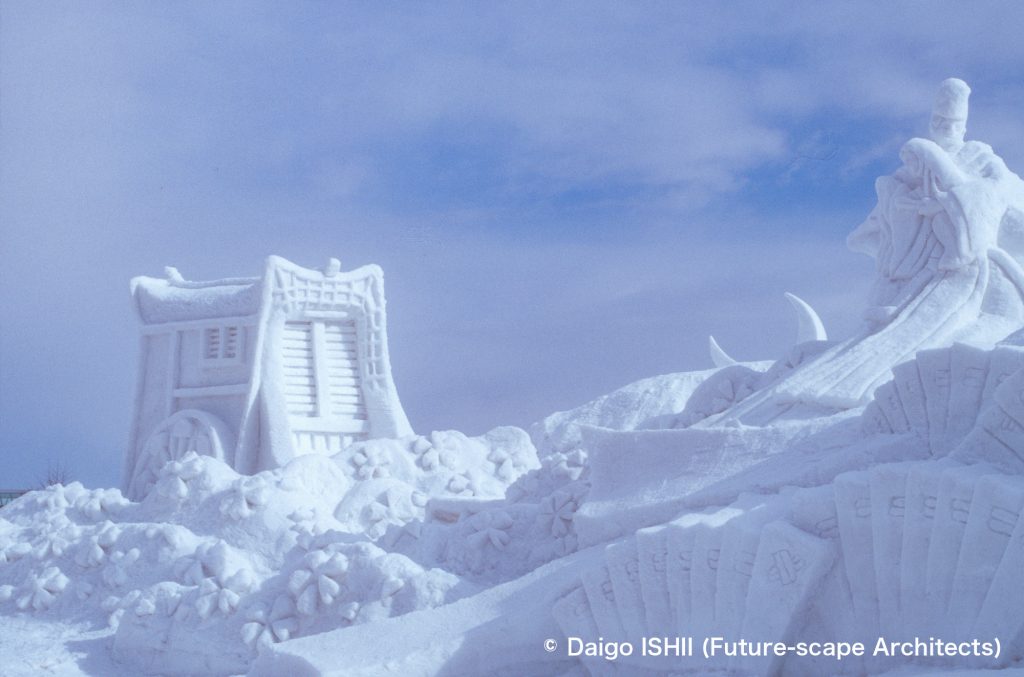
https://goo.gl/maps/EMPWYFCTwheNznaU8
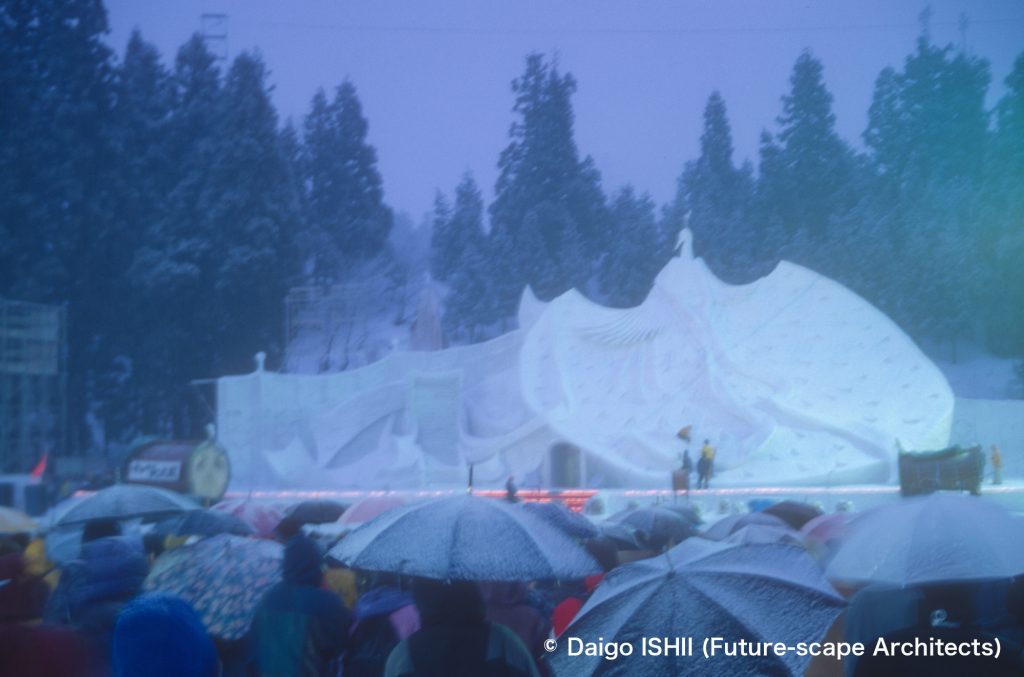
https://goo.gl/maps/EMPWYFCTwheNznaU8
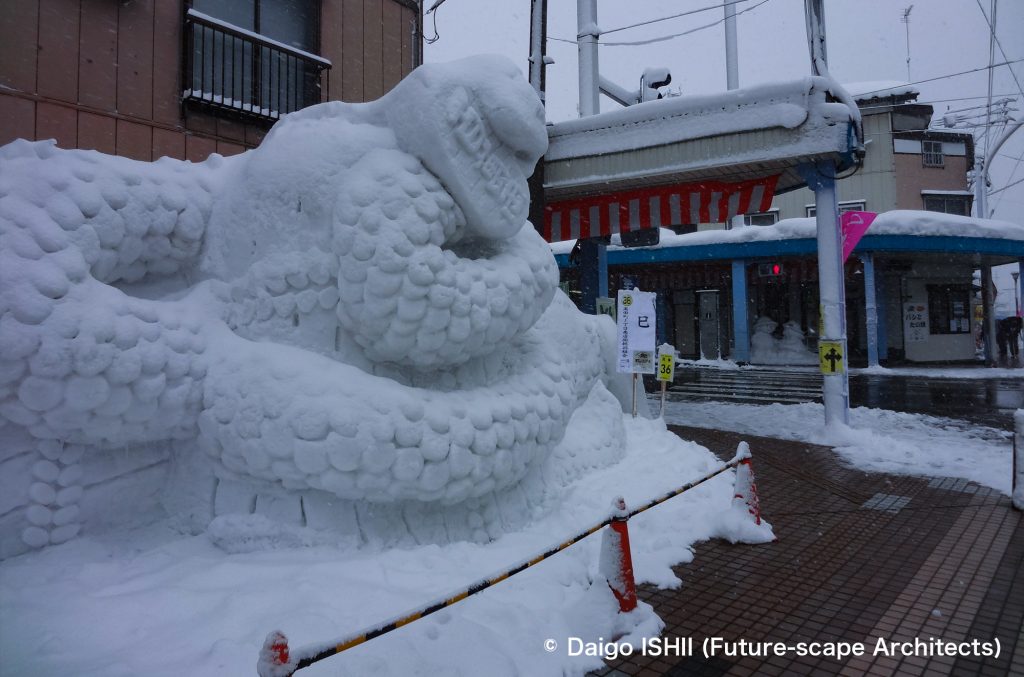
https://goo.gl/maps/EMPWYFCTwheNznaU8
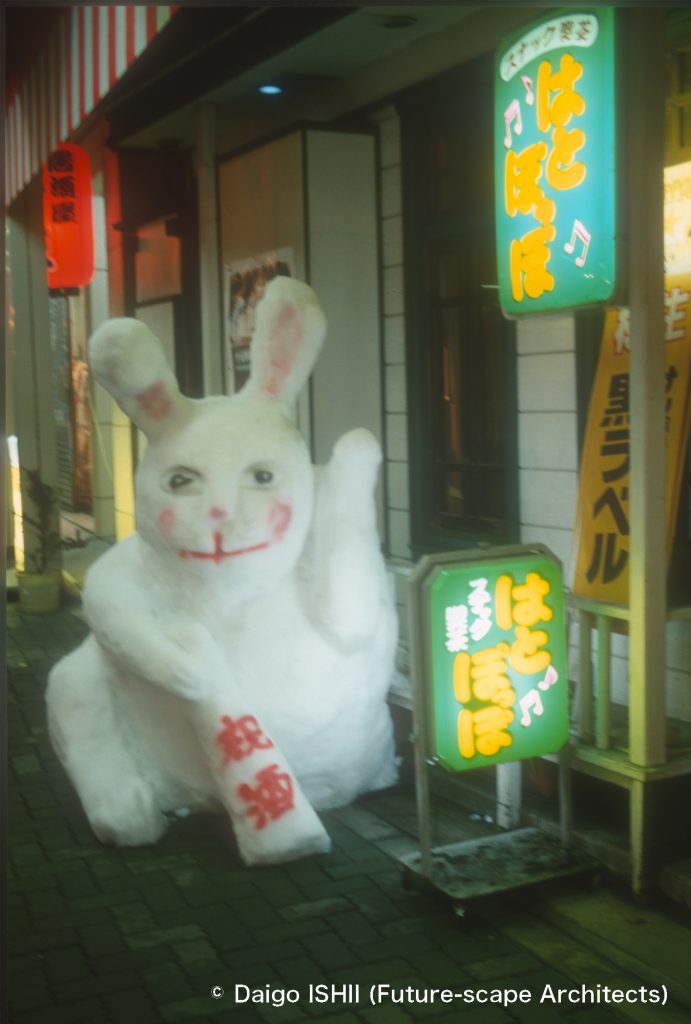
https://goo.gl/maps/EMPWYFCTwheNznaU8
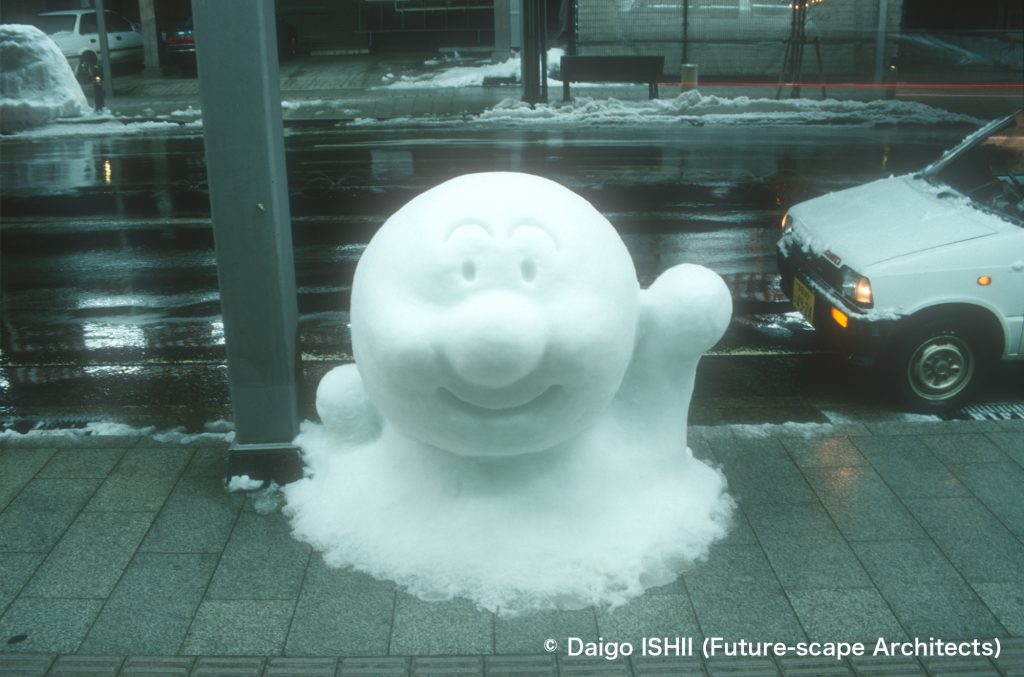
https://goo.gl/maps/EMPWYFCTwheNznaU8
"Carpe Diem" in Echigo-Tsumari Art Triennale
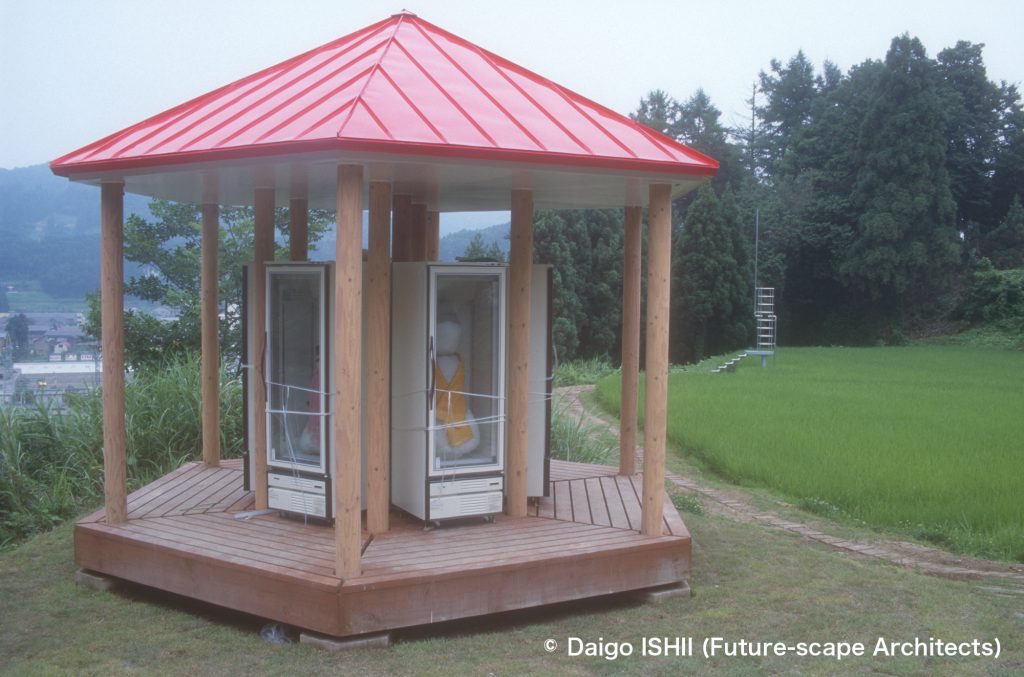
https://goo.gl/maps/YsxH2aDppJbTFQkVA
ご感想はこちらへ / Click here for your impressions
reference
Wikipedia
Please do not use or upload our photos without permission.





